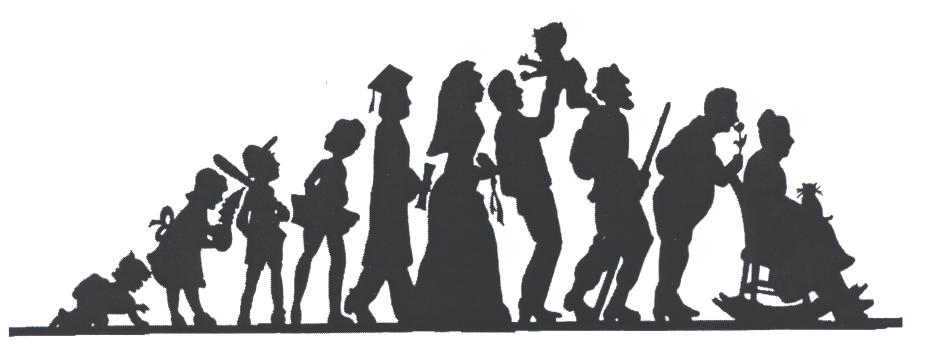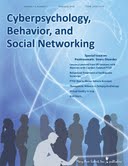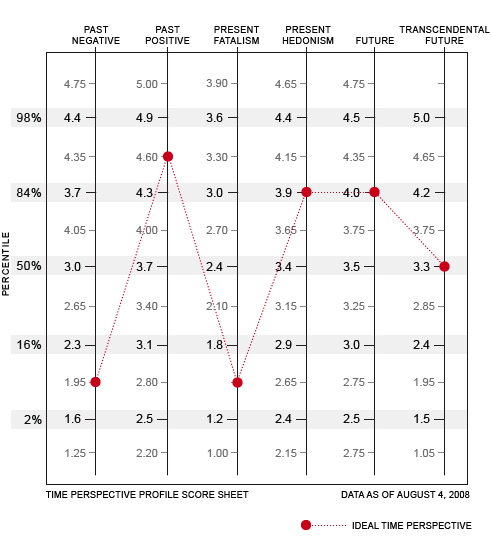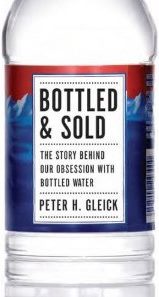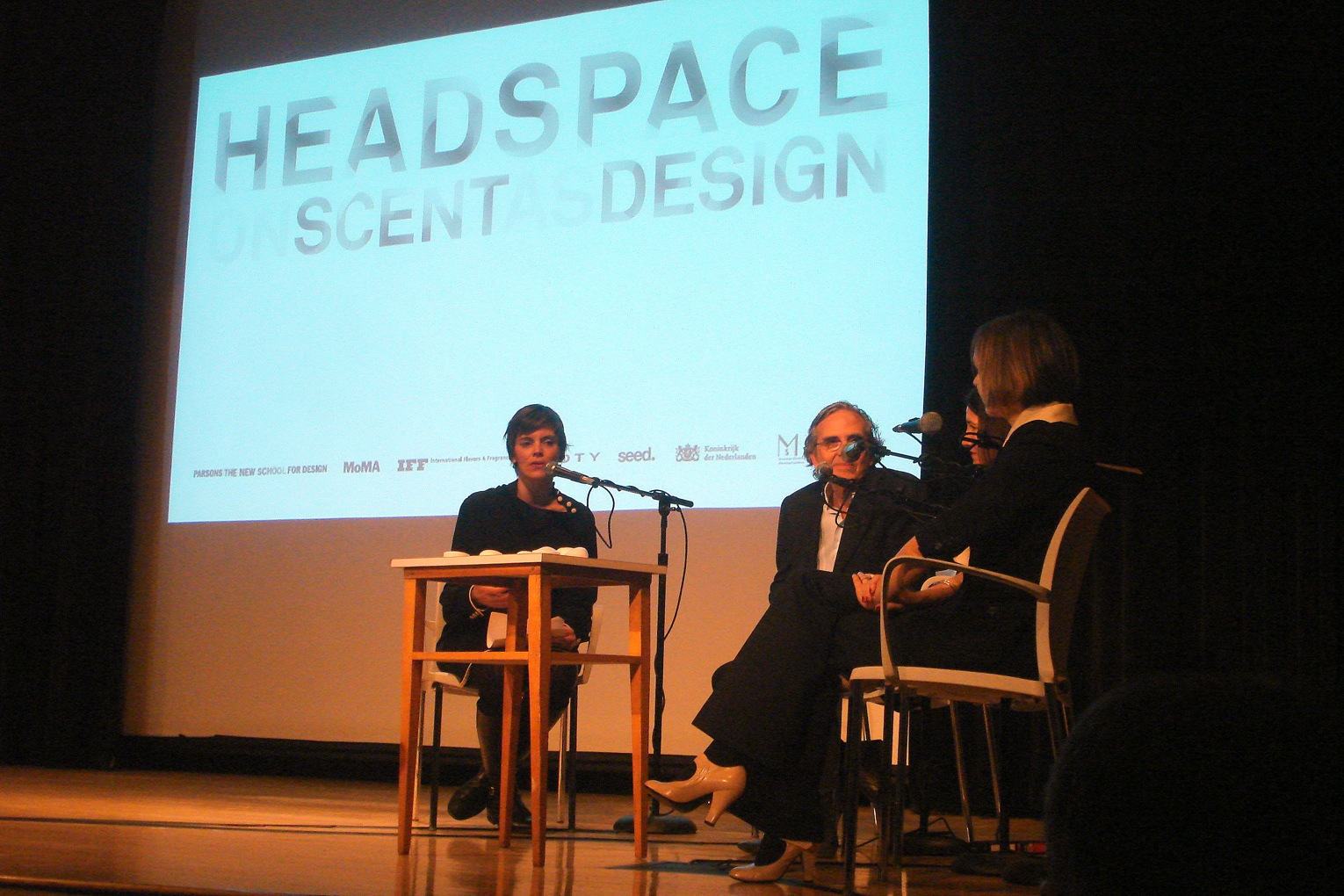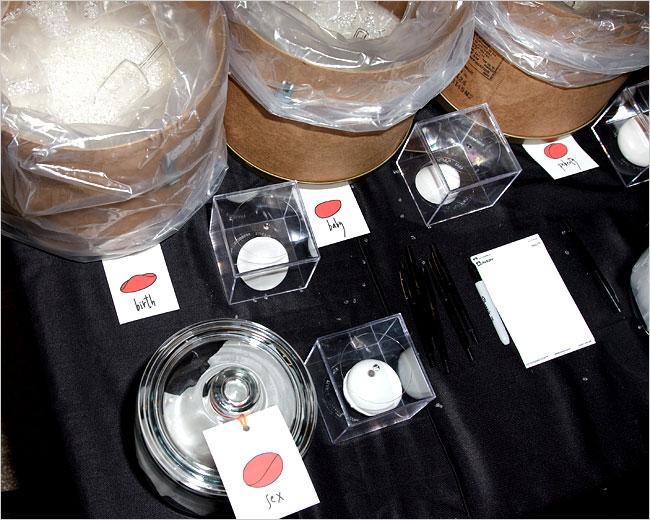Active Relationships Lower Mortality Risk by 50%
Wednesday, July 28th, 2010Having active social connections with family, friends and neighbors increases your chance of survival by 50% or so claims a meta study done by Brigham Young University, Stayin’ alive: That’s what friends are for.
Said another way, not having social relationships contributes to your mortality risk (chance of dying) as much smoking (15 cigarettes), not exercising or being an alcoholic and twice as much as being obese. Relationships here need to be active, personal and can be positive or negative.
Cognitive designers are aware of the power of relationships for creating meaning and supporting a wide range of mental processes. This work suggests that is also fundamental for health and life for the following reason:
“When someone is connected to a group and feels responsibility for other people, that sense of purpose and meaning translates to taking better care of themselves and taking fewer risks,” Holt-Lunstad said.”
This has clear implications for designers. Other implications include the redesign of insurance products or underwriting guidelines to leverage the predictive value of “being connected to a group”.
